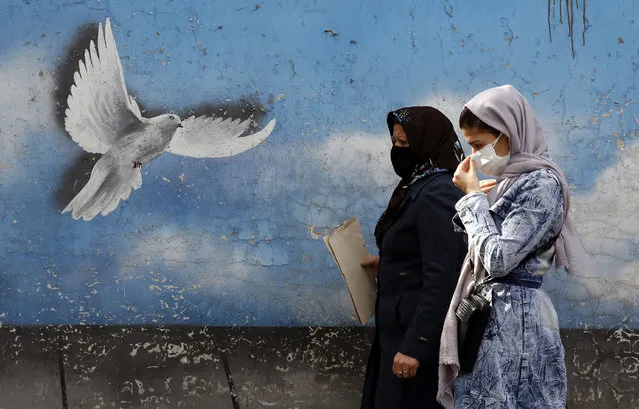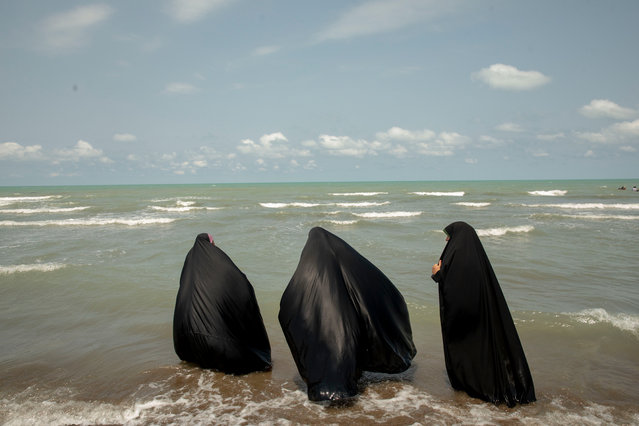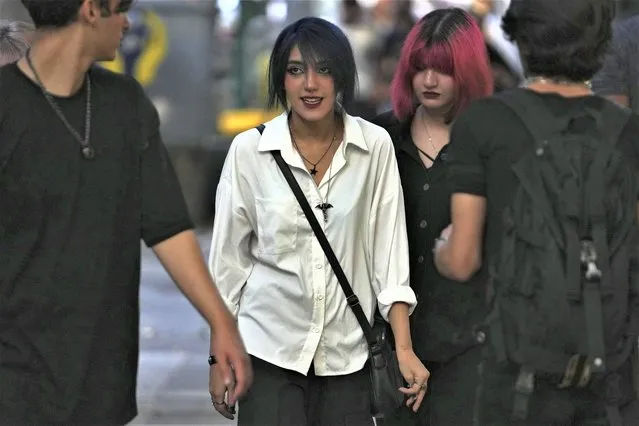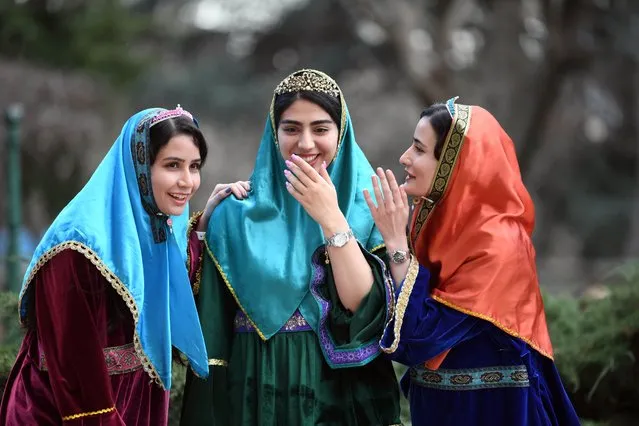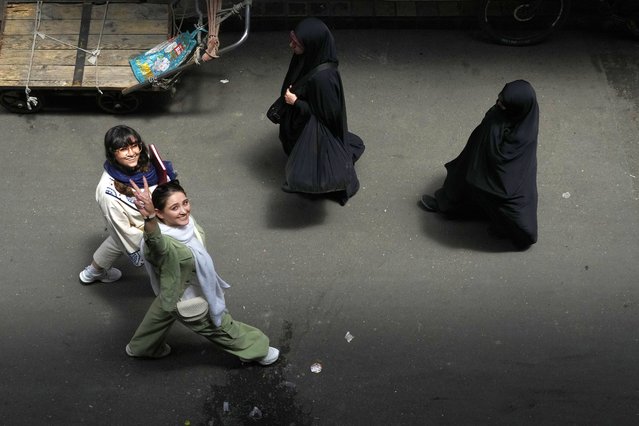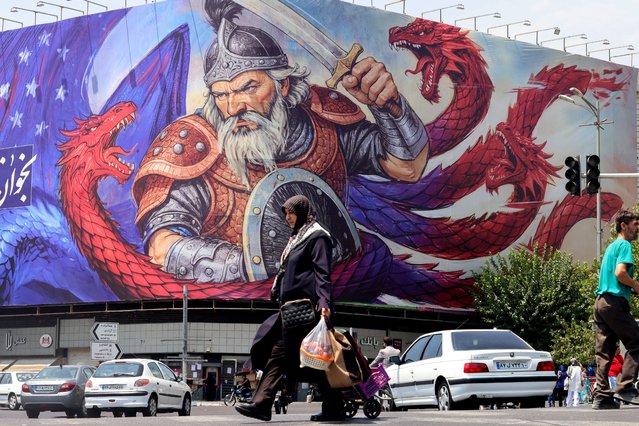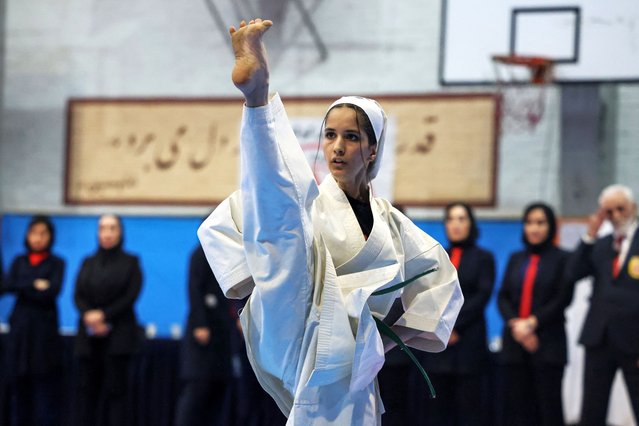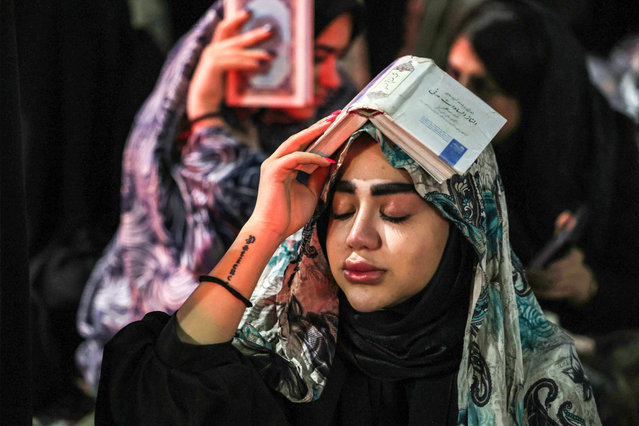
A woman prays during a gathering with other devotees for the ritual prayers for Laylat al-Qadr (Night of Destiny), one of the holiest nights during the Muslim fasting month of Ramadan, outside the Imamzadeh Saleh mosque in Tehran, on April 10, 2023. (Photo by Atta Kenare/AFP Photo)
18 Apr 2023 04:39:00,post received
0 comments

